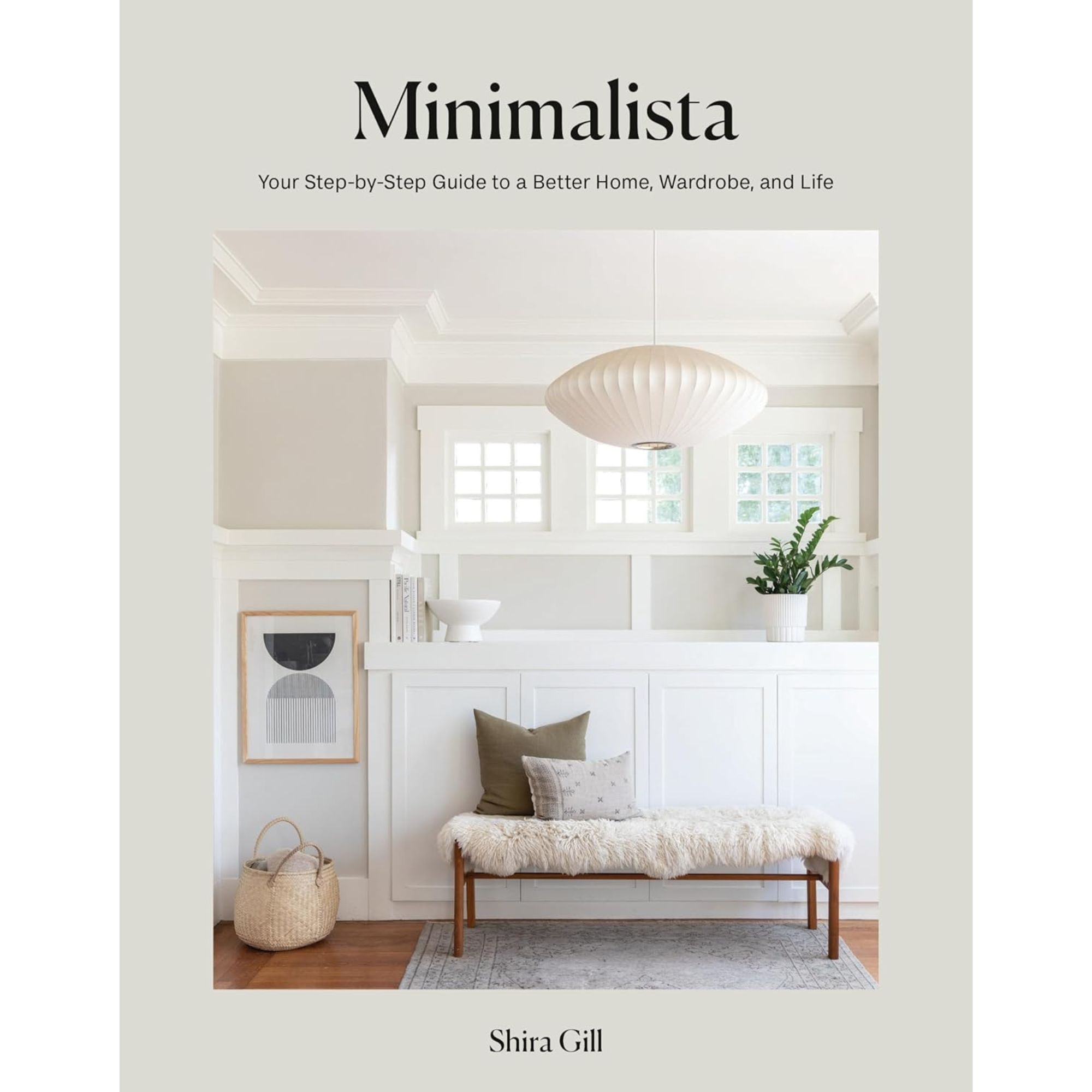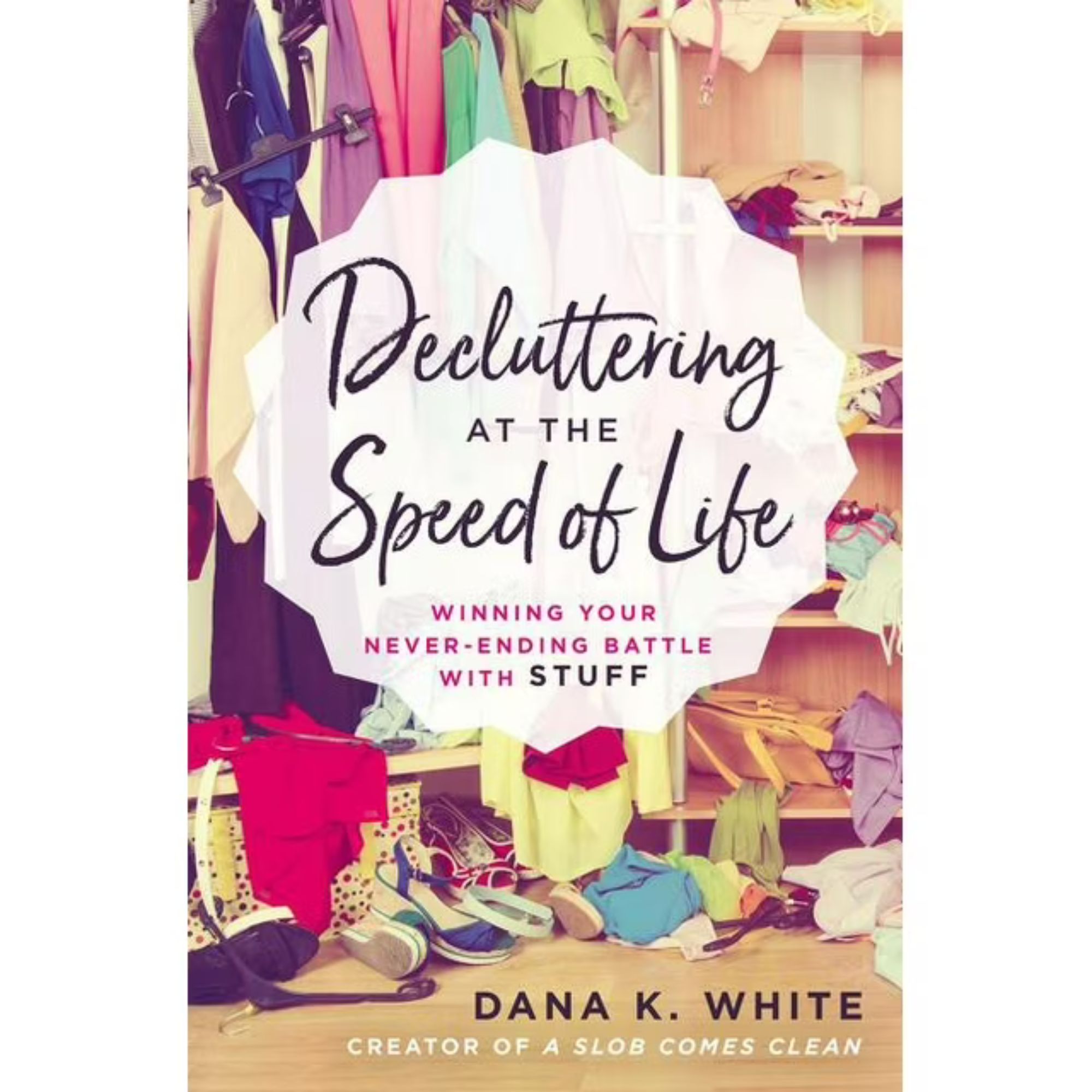Could You Suffer From "Clutter Blindness"? — 4 Reasons Experts Recommend Taking Before and After Photos While Decluttering
Snapping some photos while you undertake your home improvements looks like the way to go, according to these professional organizers

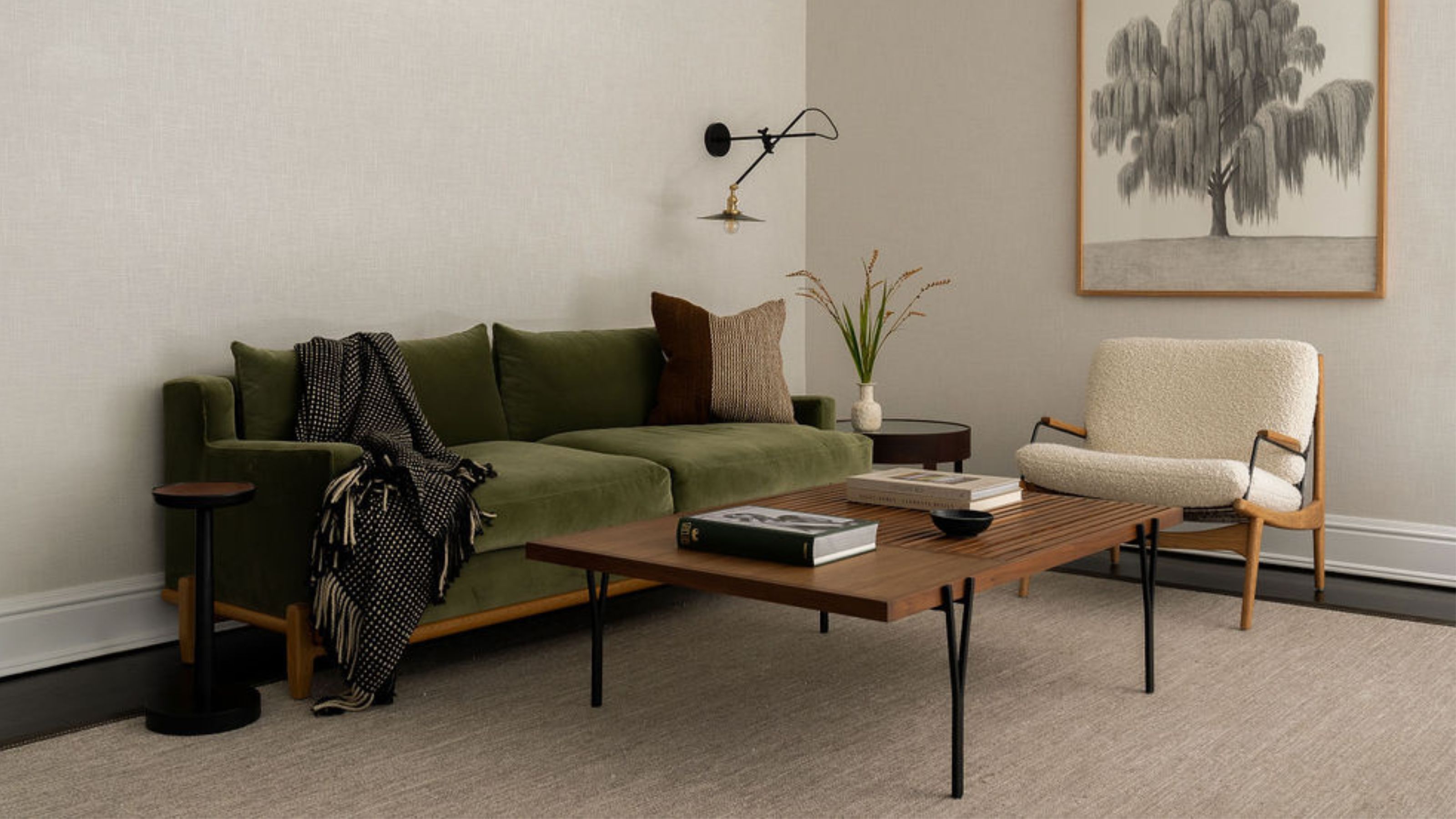
A person can think of organizing and decluttering their home like climbing a mountain. At first the mountain (read: the mess around you) can look insurmountable. You may not know where to start or see an obvious path to follow, but slowly and surely you find your way, and before long you’re among the spaciousness of the summit.
Taking photos, like many would before and after their climb, can have many benefits — more than you may realize. As much as you probably don't want to document your messy house, it's all part of a wider healing aspect and the process of cultivating a space that brings you peace and calm.
I spoke with professional organizers who shared four reasons why you should be taking photos while cleaning up your home. After all, if you're wondering how to start decluttering, taking a snap is an easy first step. Here's what they had to say.
1. Document the journey
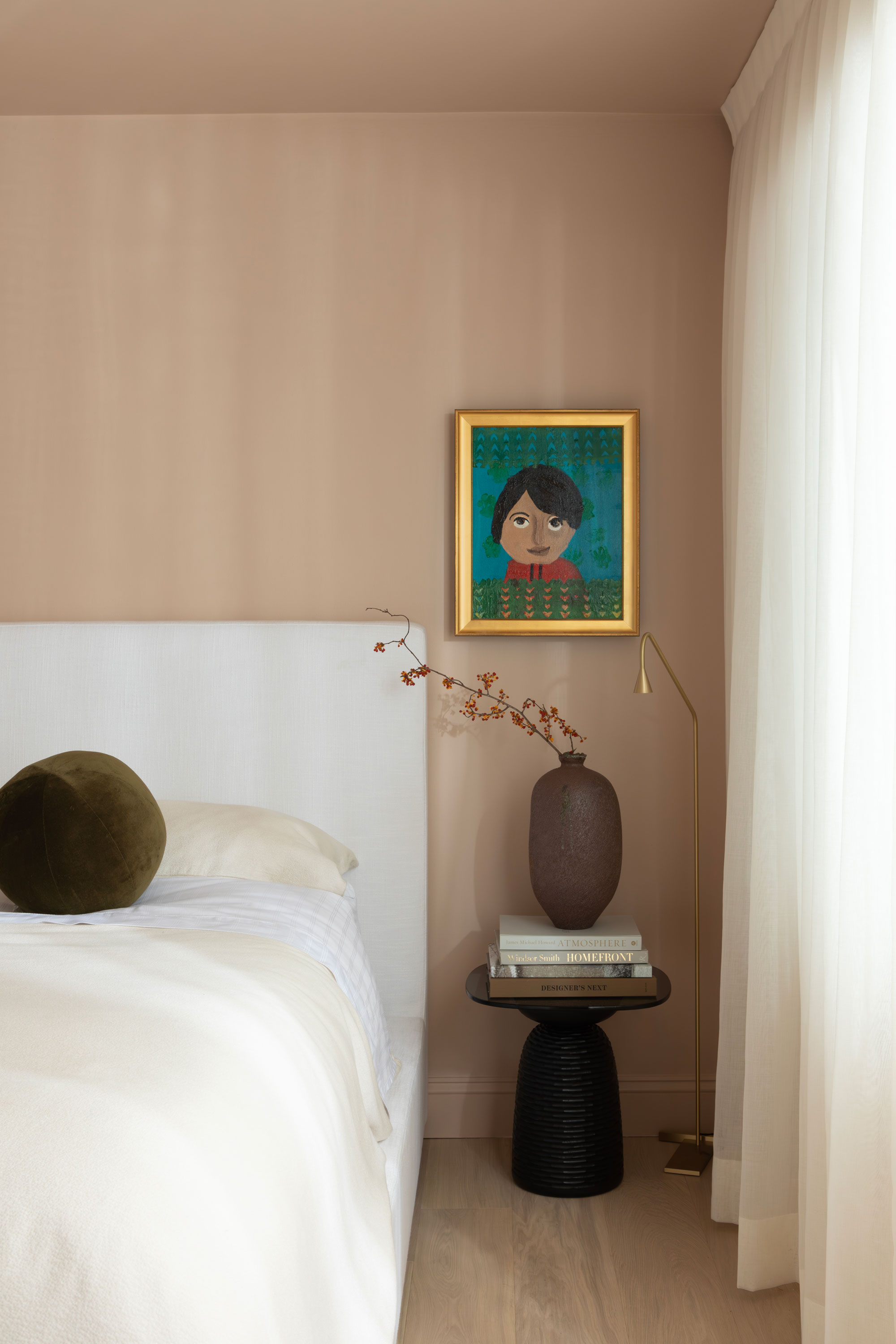
For many, one of the most rewarding parts of completing a large task or challenge is seeing how far they have come. To achieve this, there truly is no better way than taking before and after photos of the spaces you’re decluttering, as the photographs will provide you with clear evidence of the changes you managed to create.
Aimee Olson, a productivity and organizing coach at Life Done Simply, says, “Taking photos before and after decluttering and/or organizing your home is a great way to document where you started and how far you’ve come.”
If this visual gratification works wonders for your motivation levels, it might be worth considering creating moodboards prior to your next projects. These visual aids can provide a person with a visual goal or aesthetic to aim towards, as they work through any home improvements. For example, if you're about to embark on a kitchen spruce-up, you could make a moodboard for a kitchen remodel.
2. Combat "Clutter Blindness"
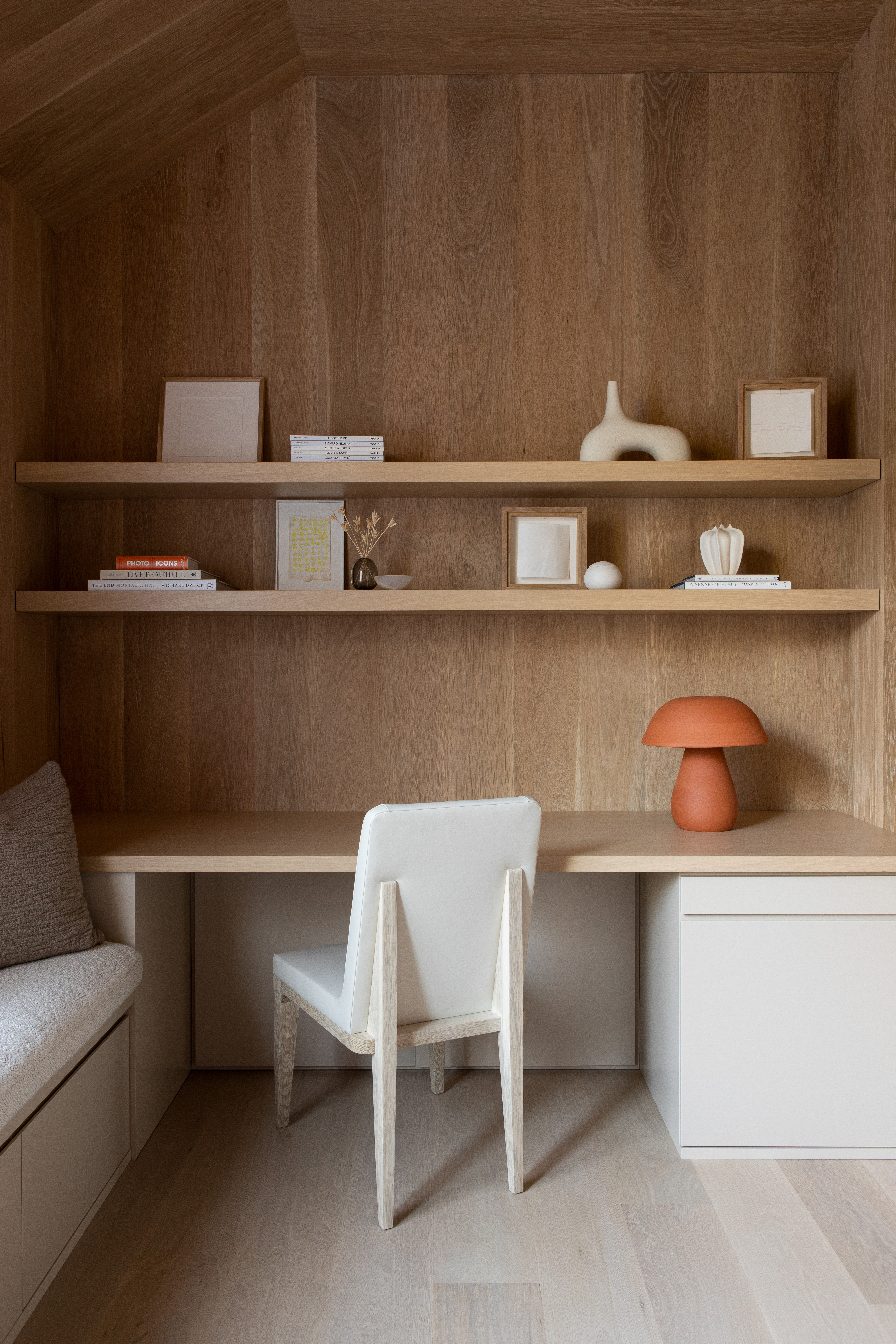
Sometimes we don't notice the things around us because they have been there for so long. But, if we take a photo of the space and look at it through a new lens (literally), we are more likely to observe things we may have previously missed.
The Livingetc newsletters are your inside source for what’s shaping interiors now - and what’s next. Discover trend forecasts, smart style ideas, and curated shopping inspiration that brings design to life. Subscribe today and stay ahead of the curve.
Mindy Godding, a certified professional organizer and owner of Abundance Organizing (as well as president of the National Association of Productivity and Organizing Professionals), shared how a client she worked with called this "clutter blindness".
"[She described how] when in her home, as long as she could move around freely, she didn't even notice the clutter building up," explains Mindy. "However, when she was shown a photo of her space, the reality of her clutter became stark."
A photo provides a snapshot of the reality of the space, and helps you to really hone in on the details. It's objective, and will in turn encourage that sense of objectivity within you. Once you see it, tried and tested techniques like the "no contact" decluttering method will help you clear the clutter for good.
3. Taking photos makes you accountable
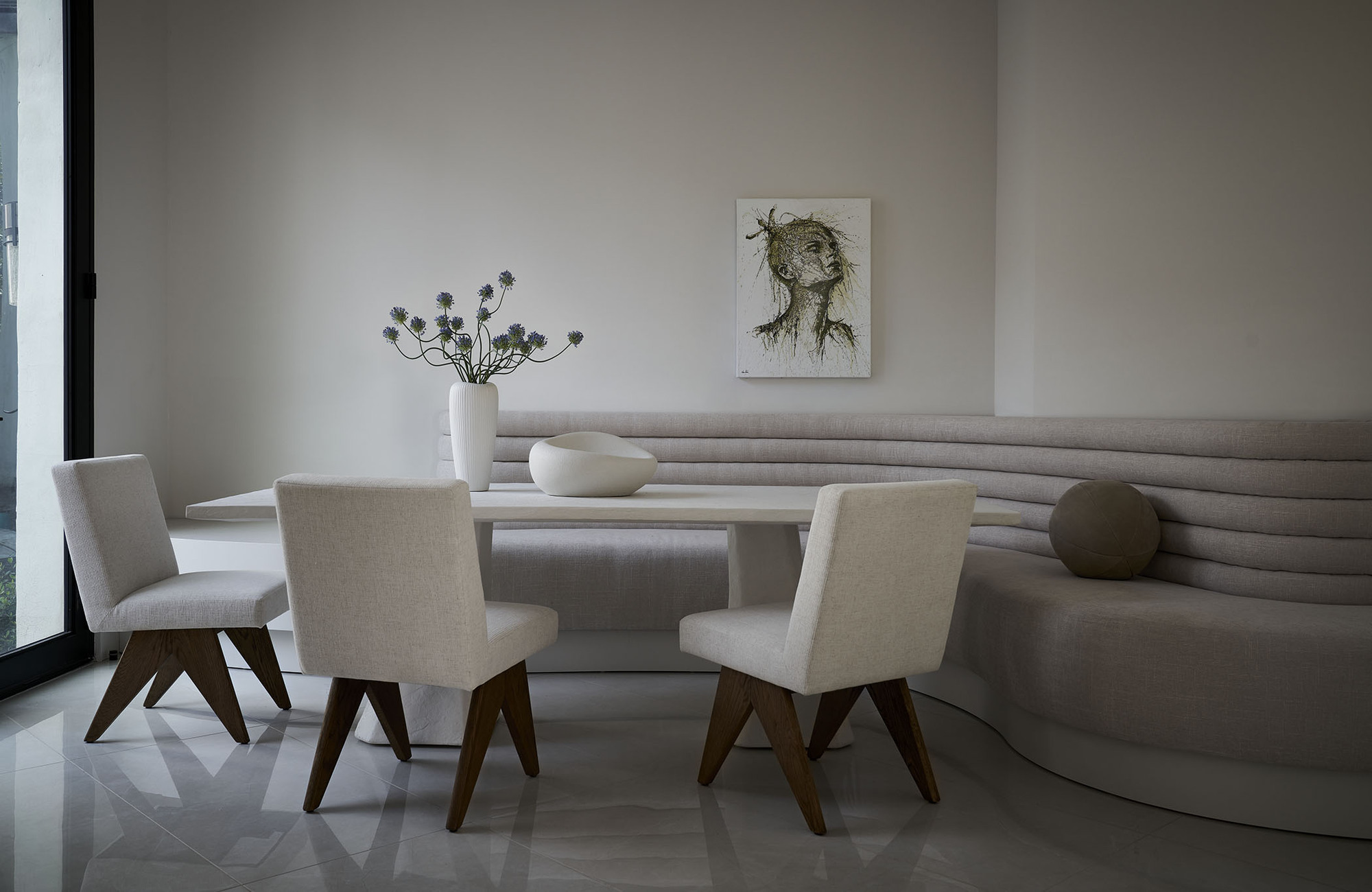
The two most important things when it comes to decluttering and organizing your home sound simple, but are far from it: getting started and maintaining it once you've finished. If we don't change our ways and embrace easy home organization ideas, it's likely your space will revert back to its cluttered state in no time.
"Many of my clients used their 'after' photos as a guide for maintaining their organized space," says Mindy. "They operate as a benchmark, or a standard to uphold."
Lynda Reider, founder and chief clutter cutter at Cut the Clutter RVA, adds, "These photos can allow you to see how much has been achieved, which is always encouraging. And, when things get challenging, they'll remind you that your efforts are worth it."
Often when decluttering, you have to make a bigger mess before it can get better. To help avoid decision fatigue and make the task less tiring, every time you feel yourself slipping back into clutter, you can look back on your 'after' photos and hold yourself accountable.
4. Before/after photos are satisfying
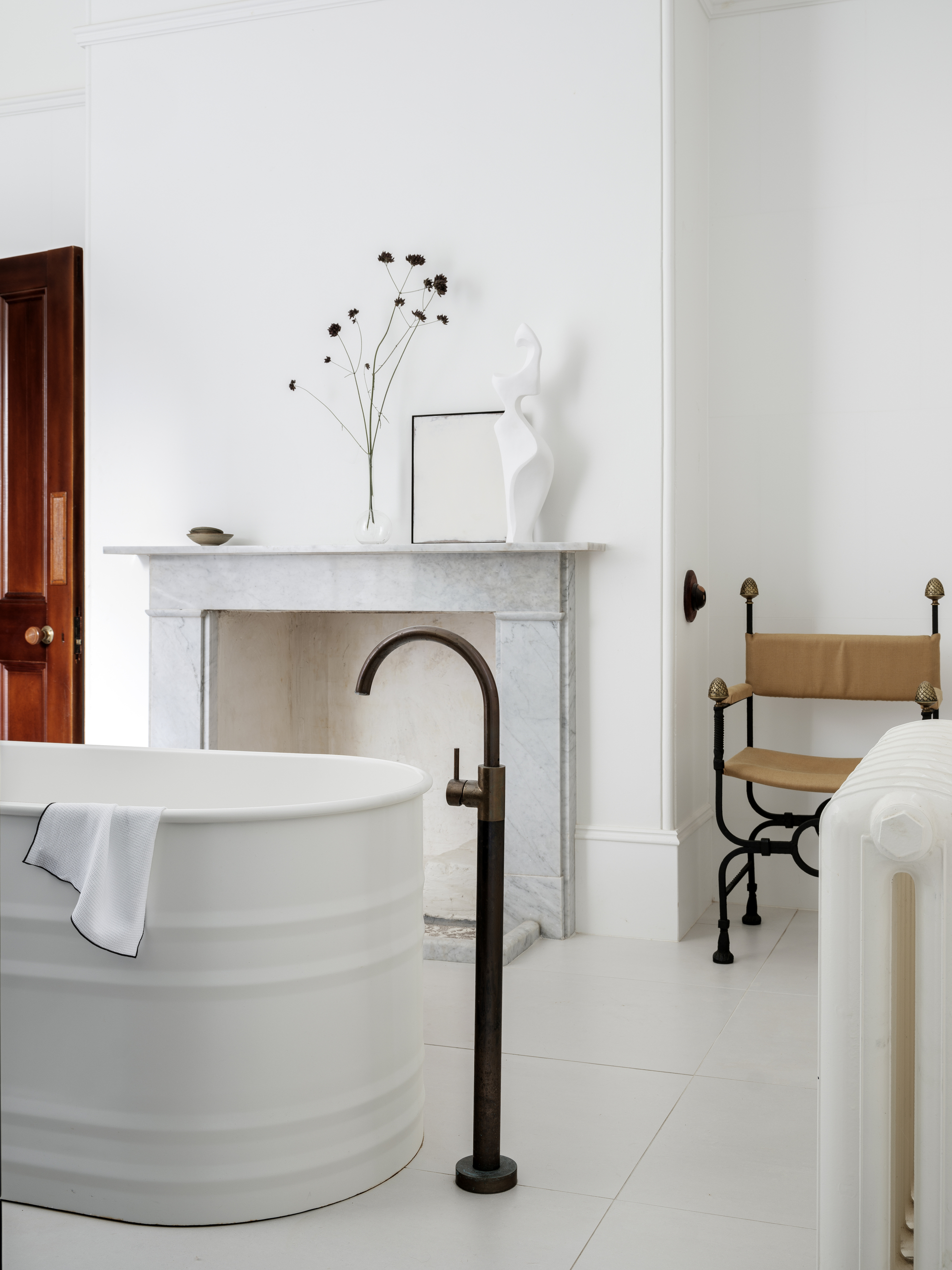
Even if social media isn't your thing, there is something about seeing before and after home improvement photos that is so satisfying, and may also inspire your friends and family to take similar action in their own home.
"Clutter-free spaces help your home and your mind feel calmer," says Lynda. "Consider sharing your before and after photos with family members to teach them how to help restore order and organization into their life as well."
There are plenty of ideas out there to inspire you, including the 'box and banish' decluttering method which you could even get friends and family involved in.
Some Decluttering Books to Get You Started
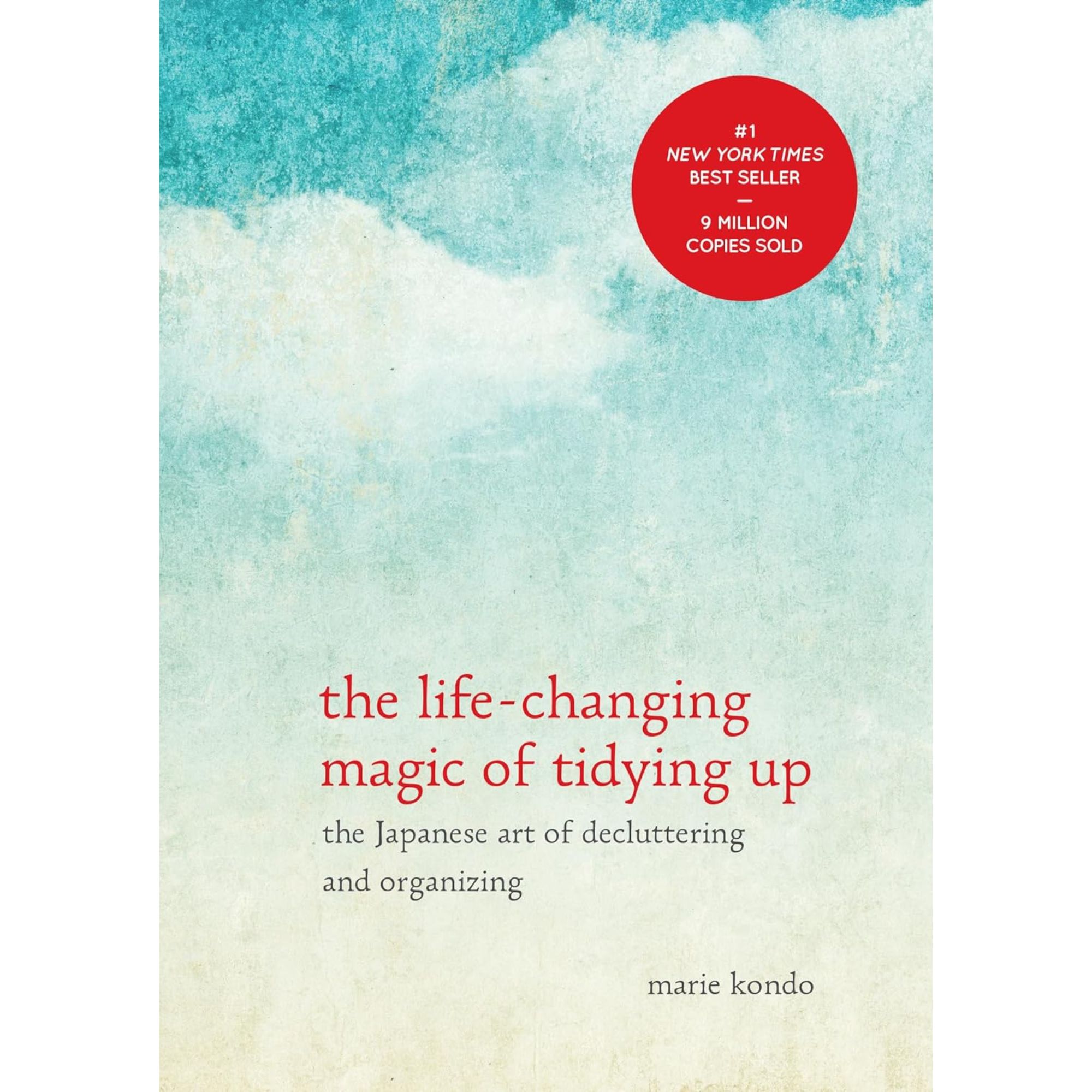
Price: $8.06, Was: $16.99
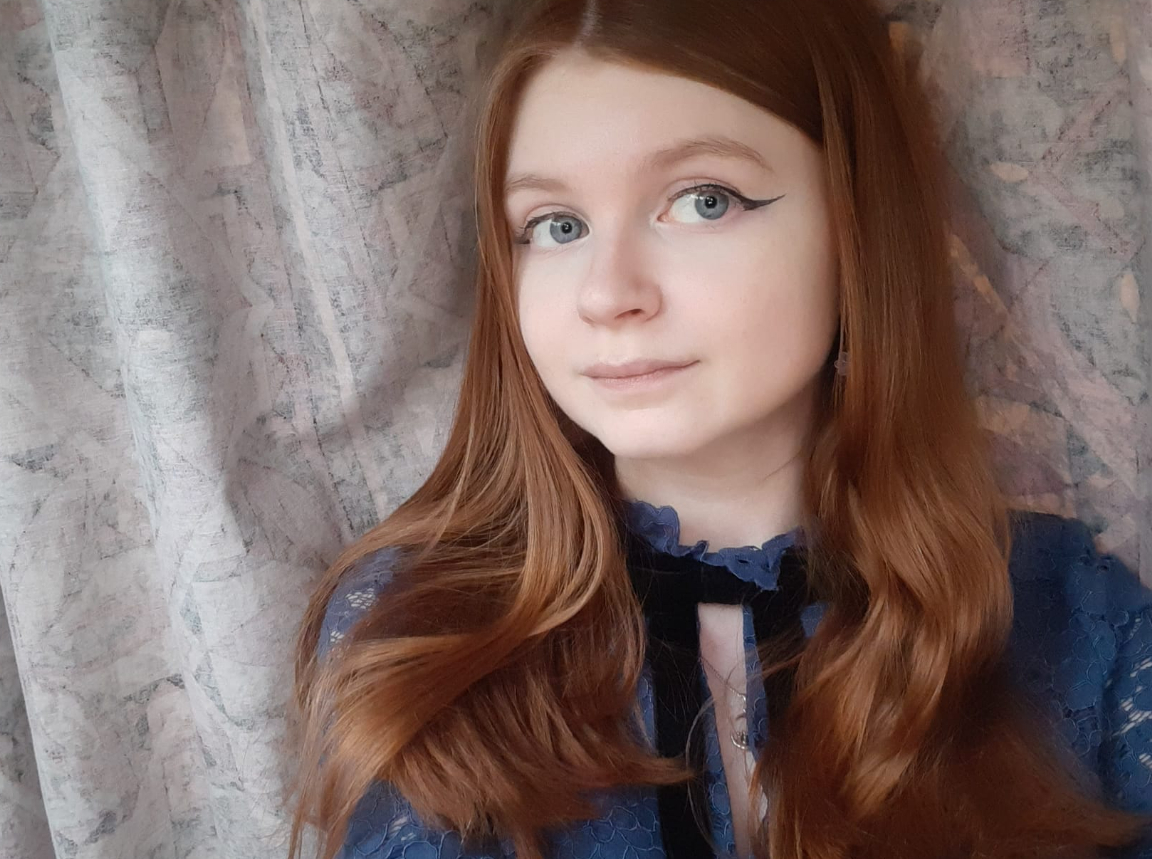
Ciéra is a writer and regional laureate with particular passions for art, design, philosophy and poetry. As well as contributing to Livingetc, she's an Editorial Assistant for Design Anthology UK and a contributing writer for magazines including Homes & Gardens, Apartment Therapy, Ideal Home, House Beautiful, Gardening Know How, The Sun, and Fabulous. Previous commendations of hers include being Highly Commended by The Royal Society of Literature and receiving a prestigious MA Magazine Journalism scholarship to City, University of London.
